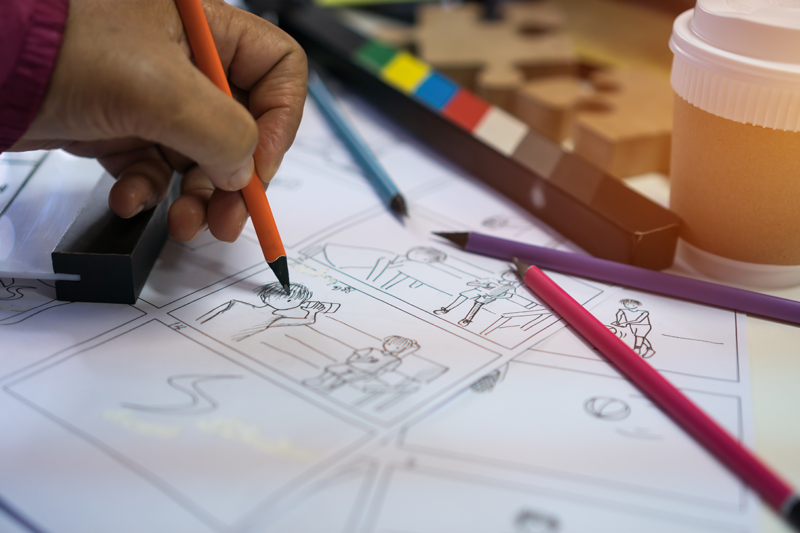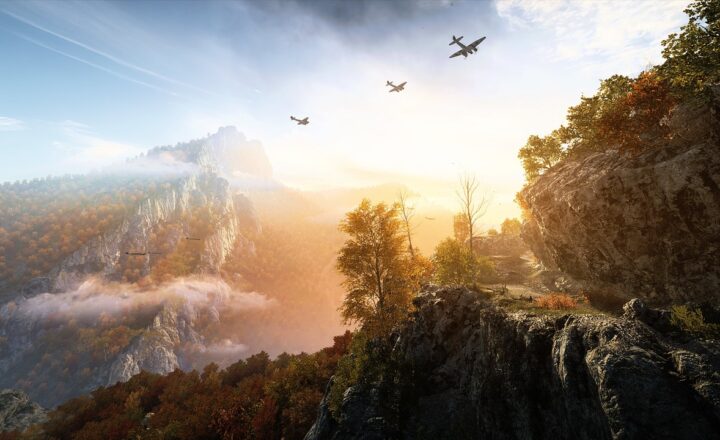The Evolution of Animation: From Hand-Drawn Classics to CGI Masterpieces
October 16, 2024

Animation has been a cornerstone of the entertainment industry for over a century, captivating audiences with stories that transcend the limitations of live-action filmmaking. From the early days of hand-drawn cartoons to today’s sophisticated computer-generated imagery (CGI), the art of animation has undergone significant transformations. This article explores the evolution of animation, highlighting key milestones, technological advancements, and the cultural impact that has shaped this dynamic medium.
The Birth of Animation
Early Experiments and Pioneers
- Zoetrope and Phenakistoscope (1830s-1860s): These devices created the illusion of motion using a series of static images viewed in rapid succession.
- Émile Reynaud’s Théâtre Optique (1892): Introduced the concept of projecting animated films to an audience.
- J. Stuart Blackton’s “Humorous Phases of Funny Faces” (1906): Often considered the first animated film using hand-drawn techniques.
Walt Disney and the Golden Age
- Steamboat Willie (1928): Introduced Mickey Mouse and synchronized sound, revolutionizing animation.
- Snow White and the Seven Dwarfs (1937): The first full-length cel-animated feature film, setting a new standard for storytelling and animation quality.
Traditional Hand-Drawn Animation
Techniques and Tools
- Cel Animation: Artists drew characters on transparent celluloid sheets, which were layered over static backgrounds.
- Rotoscoping: Invented by Max Fleischer, this technique involved tracing over live-action footage to create realistic movements.
Iconic Studios and Films
- Warner Bros. Animation: Known for Looney Tunes and characters like Bugs Bunny and Daffy Duck.
- Hanna-Barbera Productions: Created popular TV cartoons such as The Flintstones and Scooby-Doo.
- Studio Ghibli: Japanese studio led by Hayao Miyazaki, producing critically acclaimed films like Spirited Away and My Neighbor Totoro.
The Advent of Computer Animation
Early Computer Graphics
- “Tron” (1982): One of the first films to use extensive computer-generated imagery.
- Pixar’s Short Films: Luxo Jr. (1986) showcased the potential of 3D computer animation.
Breakthrough with CGI Feature Films
- Toy Story (1995): The first fully computer-animated feature film, marking a pivotal moment in animation history.
- Shrek (2001): Demonstrated CGI’s capability to blend humor and complex characters, appealing to both children and adults.
Technological Advancements
Motion Capture and Performance Capture
- Gollum in “The Lord of the Rings” (2001-2003): Used motion capture to create a lifelike CGI character based on actor Andy Serkis’s performance.
- “Avatar” (2009): James Cameron’s film pushed the boundaries of performance capture and 3D technology.
Realistic Textures and Physics
- Advancements in Rendering: Software like RenderMan allowed for more realistic lighting, shadows, and textures.
- Fluid Dynamics and Particle Systems: Enabled animators to create believable water, fire, and other complex elements.
The Rise of 3D and Beyond
Stereoscopic 3D Animation
- “Up” (2009) and “How to Train Your Dragon” (2010): Successfully integrated 3D to enhance storytelling without relying on it as a gimmick.
Virtual Reality (VR) and Augmented Reality (AR)
- “Pearl” (2016): One of the first VR animated films, nominated for an Academy Award.
- AR Applications: Animated characters and stories experienced through devices like smartphones and AR glasses.
Cultural Impact and Representation
Diversity in Storytelling
- “Coco” (2017): Celebrated Mexican culture and traditions, receiving praise for its authenticity.
- “Spider-Man: Into the Spider-Verse” (2018): Introduced a multiracial protagonist and innovative animation styles.
Animation for Adults
- Anime Influence: Series like Attack on Titan and Death Note tackle mature themes.
- Western Adult Animation: Shows like BoJack Horseman and Rick and Morty explore complex topics and dark humor.
Challenges and Criticisms
The Debate Between Hand-Drawn and CGI
- Nostalgia for Traditional Animation: Some critics argue that CGI lacks the charm of hand-drawn art.
- Disney’s Shift: After The Princess and the Frog (2009), Disney ceased producing hand-drawn animated features, focusing solely on CGI.
Overreliance on Technology
- Story vs. Spectacle: Critics warn that technological advancements should not overshadow compelling storytelling and character development.
The Future of Animation
Artificial Intelligence and Machine Learning
- AI-Assisted Animation: Tools that can automate in-between frames or enhance rendering processes.
- Deepfakes and Ethical Concerns: The use of AI to manipulate visuals raises questions about authenticity.
Global Collaboration and Accessibility
- Cloud-Based Workflows: Allow artists worldwide to collaborate in real-time.
- Open-Source Software: Programs like Blender make high-quality animation tools accessible to independent creators.
Tips for Aspiring Animators
Education and Skill Development
- Learn the Fundamentals: Understanding traditional art principles enhances digital animation skills.
- Software Proficiency: Familiarize yourself with industry-standard programs like Maya, Adobe Animate, and Toon Boom Harmony.
Building a Portfolio
- Diverse Projects: Showcase a range of styles and techniques.
- Networking: Attend industry events, workshops, and online forums to connect with professionals.
Conclusion
The evolution of animation reflects a continuous pursuit of artistic expression and technological innovation. From the hand-drawn classics that laid the foundation to the CGI masterpieces that push the boundaries of imagination, animation remains a vibrant and influential medium. As technology advances and new voices emerge, the future of animation promises to be as exciting and transformative as its storied past.







